Honda E: A Perfect Blend of Design, Performance, and Sustainability
Introduction
The Honda E is not just a car meant to make a statement in the fledgling field of EVs. Tailored for city use, this small-form power EV uses elements of classical automobile design combined with present-day embedded systems to provide an excellent option for sustainable spirit motoring lovers.
The Honda E impresses with its electric powertrain. It provides the manufacturer’s compact car with agile handling and a playful character that is in harmony with the objectives of climate protection. In an era where car manufacturers are gearing up for the new shift to electric cars, the Honda E is a revelation that driving an electric car can be fun and sustainable. Whether being driven in the dense city center of Tokyo or when driving out to the countryside for a weekend break, the e is set to revolutionize electric driving.
What Is 2025 Bringing?
In a five-year vision for 2025, many positive changes are expected for the Honda E, which will improve its position in the electric vehicle market. Anticipated enhancements include:
Expanded Range and Performance: It is well understood that batteries have also been developing over the years and thus, in the future, it is very probable that the Honda E may include its enhanced range per charge, meaning that it can go longer without charges than before. Beware of an even stronger powertrain that has an impact on this car’s maneuverability and speed.
Advanced Technology Features: The connectivity options applied in the proposed 2025 model are expected to have much-improved infotainment systems with enhanced driver interface convenience as well as improved driver safety.
Sustainability Initiatives: Honda fights against environmental challenges, and the future 2025 Honda E will probably have even more environment-friendly materials and production approaches.
Enhanced Interior Comfort: The cabin may upgrade in material and design to comfort and luxury to guarantee each ride is comfortable and stylish.
Greater Market Availability: Another company, Honda, aspires to take the Honda E to more markets, which would make it possible for a greater number of people with concerns for the environment to afford the vehicle.
Innovative Design Tweaks: Beneficial for aerodynamics and merely updating the look of the car to be as contemporary as the model year it is, there could be slight design changes making the 2025 Honda E appear slightly different.
The Price and Item Selection for Purchases
For a long time, the Honda E is now on the list of electric vehicle offers with relatively low prices due to the presence of greater amounts of technology, performance, and design.
Pricing Overview
The new, latest model of the Honda E is priced at $33,000, and this makes it a best bet if people with cheap or humble pockets are to be targeted. Admittedly, prices may slightly differ depending on the country, the dealership, and the choice of additional amenities, though the Honda E remains quite affordable compared to most competitors in the BEV compact car range.
Item Selection and Features
The Honda E has many features and settings regarding the interior and exterior to optimize the drive. Key items to consider include:
Battery and Range: The Honda E is fitted with a good battery that delivers an estimated range of around 220 km or 137 miles, making it perfect for city run-around as well as short-distance travel.
Performance: The Honda E is enjoyable to drive in urban spaces because it comes with an electric powertrain that makes it responsive with good torque.
Technology Package: Some standard and some technical features are given below;
A clearly defined multi-information display with a touchscreen.
Smartphone integration through Apple CarPlay and Android Motor Vehicle.
An additional list of options that includes adaptive cruise control, lane departure warning, and parking assistance.
Interior Comfort: The cabin has the following modern and comfortable design qualities:
Environmentally friendly resources on construction and individual choices in interiors.
Comfortable accommodation for four persons.
Heated and ventilated front and rear seats.
Exterior Options: A variety of exciting colors and fashionable wheel options are available to meet the need of personalization.
Additional Costs
When budgeting for the Honda E, consider potential additional costs such as:
Charging Equipment: Cord owners are provided with the possibility of convenience through a home charging station.
Insurance: That is why the insurance cost for an electric car may also differ depending on the model.
Maintenance: However, it is important to make consideration of the fact that compared to the more traditional vehicles, EVs require minimal maintenance, though routine maintenance cannot be overlooked.
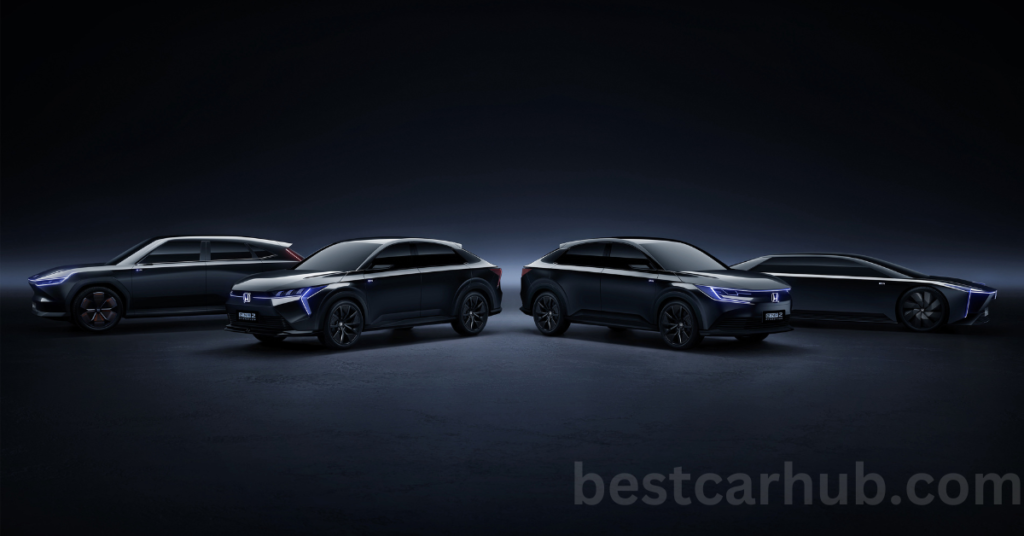
Engine, Transmission, and Performance
The Honda E is a craft that aims to provide fun and practical driving for consumers, thus making it unique in the market of electric automobiles. Let’s take a look at its engine and transmogrification details, as well as its performance ability.
Engine Specifications
The Honda E has a fully electric motor that delivers about 134 horsepower and 232 lb-ft of torque. This powertrain is implemented in this Lancer model to deliver quick acceleration and an active character of handling particularly suited for city driving.
Transmission
The new Honda E comes with a single-speed automatic gearbox that is standard on electric cars. A type of transmission that makes it possible not to make gear shifts, thus making acceleration more efficient and a very easy run for the car to handle. The use of an electric motor means that, as with fully electric vehicles, the torque at the wheels is almost instantaneous, and as such, the Honda E can freely move interstate and provide rapid acceleration when starting from a standstill.
Performance
Acceleration: Furthermore, the Honda E is capable of accelerating at a very fast rate, being able to make 0-60mph within 8 seconds. This quick response makes it fun for urban driving as it comes with a lot of emphasis on maneuverability.
Handling: Overall stability and maneuverability of the car are impressive, reflecting the low placement of batteries in the Honda E. The small size would also be advantageous where the vehicle will be frequently required to access congested areas such as streets in a city.
Driving Modes: It also remains to be seen whether the Honda E has different driving modes to match the driving profile, which enables drivers to switch according to efficiency and power.
Regenerative Braking: They include the regenerative braking system, in which energy used when braking is converted to form energy and is charged in the battery. This feature does not only add increased range but overall efficiency to the vehicle in general.
Range: The battery of the Honda E offers an expected capacity of 137 miles after a full charge. This range is convenient for daily rush hour and other city chores but will need recharging more often for long drives.
Real MPG and Fuel Efficiency
The Honda E describes sustainable urban mobility and fuel consumption as one of the things that are important for climate change-sensitive drivers.
Electric Efficiency
The Honda E does not work on fossil fuel like most vehicles; rather, it operates through electricity, which is stored in its battery. Its rated working is given in terms of the miles per kilowatt hour or ‘kWh’, which is the car’s battery range besides gauging on the energy utilization.
Efficiency Rating: It has an efficiency rating of about 4.5 miles per kilowatt hour, thus suitable for city use The battery of the Honda E consumes energy at a rate of about 30 kWh per 100 kilometers. This rating shows the distance on mileage that the automobile can cover with a single unit of electricity and that makes it suitable for urban use.
Real-World Range: The Honda E has an approximate battery size of 35.5 kWh and is expected to have a range of 137. This range is appropriate for daily usage as a commuter car or for short trips, thus fulfilling the needs of city users.
Charging and Cost Efficiency
Charging Time: The Honda E has to be charged, either from the household socket or at the charging station. Availability is around 5 hours from a home wall outlet and takes roughly 30 minutes to achieve 80 percent charge using a rapid charger.
Cost Per Mile: This means that based on current electricity tariffs, the cost of operating the Honda E is much cheaper than perhaps conventional gasoline vehicles. On average, electric vehicle owners are able to drive for an average of $0.03/mile-$0.05/mile, depending on local electricity rates.
Environmental Impact
Zero-harm tailpipe emissions: Probably one of the most prominent advantages of the Honda E is its focus on sustainable solutions. With no direct emission, since it is an electric vehicle, it is suitable for use in urban settings.
Eco-Friendly Materials: Another aspect of the structure, color, and choices in the design of the Honda is also now fuel-friendly and uses sustainable material, which makes the impact on the environment less of a harm.
Ability to Tow and Payload
The Honda E is mainly intended as a new-generation urban BEV car, created to be compact, elegant, and practical for daily use. As such, those regarding the towing capacity and payload should match the tasks and environments of urban navigation rather than utilitarian use. Here’s what you need to know:
Towing Capacity
The Honda E has no towing capacity. Unsuitable for towing trailers or heavy loads, it is designed and engineered for use predominantly within the city. This complements the utilization of the particular vehicle for fuel conservation through commuter and urban runaround functions as opposed to towing utility functions.
Payload Capacity
Official numbers for the payload capacity of the Honda E are hard to find; however, it is worth mentioning that, like most comparable small electric cars, its load-carrying capacity is low compared to some larger cars.
The Honda E features:
Interior Cargo Space: Despite the size, the Honda E has enough space for daily-use items, groceries, and small handbags and equipment. The back seat is suitable to carry passengers, but the car is not big so there isn’t that much space to carry things in the boot.
Practicality for Daily Use: One of them is the fact that the Honda E is supposed to meet average everyday requirements, such as driving to a store to buy groceries, carrying some items, sporting equipment, etc. However, it is not designed for rigorous use, like moving concrete sculptures or lifting large objects on a regular basis.
Interior, Comfort, and Cargo
Here are some tips about what is to be expected as pertains to the interior features, comfort, and cargo.
Interior Design
Modern Aesthetic: Inside, the Honda E is not just simple and elegant, but it also has some rather retro touches, the soft-touch plastics, and the layout of the dashboard. That is why the use of sustainable materials is also fitting Honda’s potential environmental sensibility.
Digital Display: The instrument cluster can be as large as two 12.3-inch screens, giving the driver a complete picture of the car with all the information and settings regarding entertainment systems. This setup involves the use of widgets that provide touch points to navigation, music, and other control parameters of the vehicle.
Ambient Lighting: The use of a nice and soft light complements the interior of the car to make driving enjoyable, particularly during the evening.
Comfort
Seating: Thanks to the Honda E, occupants can accommodate four people with good physical support for short and long distances. Front seats are also incorporated in this car with the main intention of offering good sight and convenient positioning.
Climate Control: The vehicle is also fitted with an efficient climate control system so as to have customized controls for heating or cooling. Comfort control of air conditioning makes driving comfortable during extreme hot and cold temperatures.
Sound Insulation: The Honda E comes with elements directed at minimizing noise from the exterior, thus making the interior as quiet as possible.
Cargo Capacity
Cargo Space: The Honda E comes with a practical boot space compared to other electric vehicles of similar class, meaning it can be used for daily use. CO-specific cargo capacity may be more or less but should be adequate for groceries, small bags, or sports gear.
Versatile Storage Solutions: Besides expanding the cargo capacity behind the rear seats, the Honda E has many storage options inside the car—in the doors and the center console.
Folding Rear Seats: The rear seats are mainly intended for passengers, but in case there is a need for extra storage space, they can be flat.
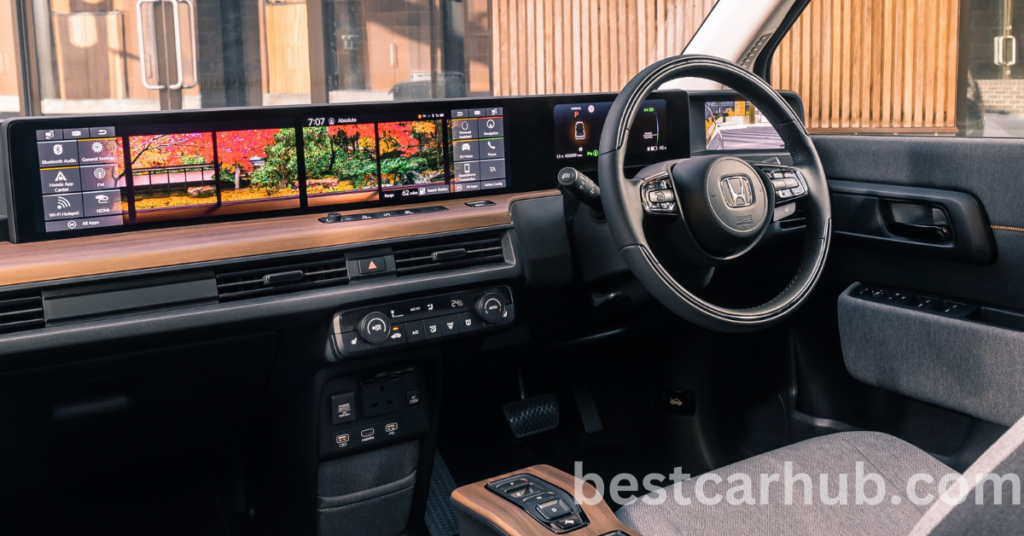
Features for Driver Assistance and Safety
The Honda E has numerous advanced driving assistant systems and safety attributes that improve both safety and comfort. Here’s a closer look at what you can expect:
Driver Assistance Features
Adaptive Cruise Control: One of these features means the car can drive itself at a safe distance behind the car in front, thus making highway driving easier and more enjoyable.
Lane Keeping Assist System (LKAS): It assists in maintaining the orientation of a car, particularly in the direction it is traveling, by making a slight turn at the steering, which makes driving on the highways safer.
Traffic Sign Recognition: Selecting this feature assists in identifying and projecting traffic signs such as speed limits and no-entry signs to the driver’s screen.
Collision Mitigation Braking System (CMBS): The safety system of CMBS, which is arranged on the front part of the car, includes a front camera and radar that help to identify possible collisions with other cars or pedestrians and apply necessary actions operating brakes to minimize the potential crash.
Cross Traffic Monitor: During reversing, this system reminds the driver of the presence of other vehicles from the sides, thus making it safer when backing out of the parking space.
Blind Spot Information System: This feature captures the region behind the vehicle that is not visible to the driver and if a vehicle is discovered in that area, then the driver is informed that it is unsafe to maneuver to the other lane.
Auto High-Beam Headlights: Light adaptation control—the headlights change from high to low beam and vice versa depending on the traffic conditions at night, reducing light glare on other vehicles.
Safety Features
Multi-Angle Rearview Camera: The Honda E has been equipped with a rearview camera with a very wide-angle view to help when reversing and parking the car.
Six Airbags: Some of the safety features include front, side, and curtain airbags, giving all passengers in the car the safest protection in case of an accident.
Vehicle Stability Assist (VSA): This system is used to prevent slippage and in cornering or in rainy or icy conditions, the engine power is retired and brakes the required wheels only.
Tire Pressure Monitoring System (TPMS): The TPMS informs the driver when tire pressure is low, hence extending tire life and road safety.
Advanced Structural Integrity: A big emphasis was put on making the Honda E lightweight yet safe and it has a sturdy structure surrounded by crumple zones in the event of a crash.
What is the range of the Honda E?
The Honda E has an estimated range of approximately 137 miles on full charge.
Does the Honda E support fast charging?
Yes, the Honda E can achieve up to 80% charge in about 30 minutes using a fast charger.
What is the towing capacity of the Honda E?
The Honda e is not designed for towing and has no towing capacity.
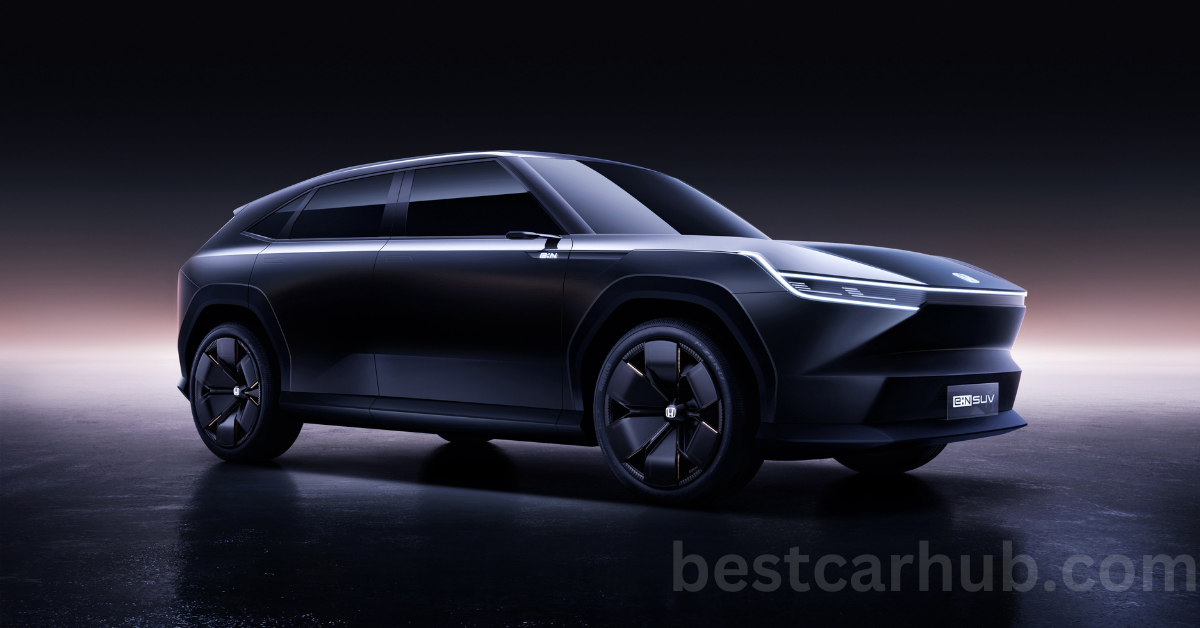
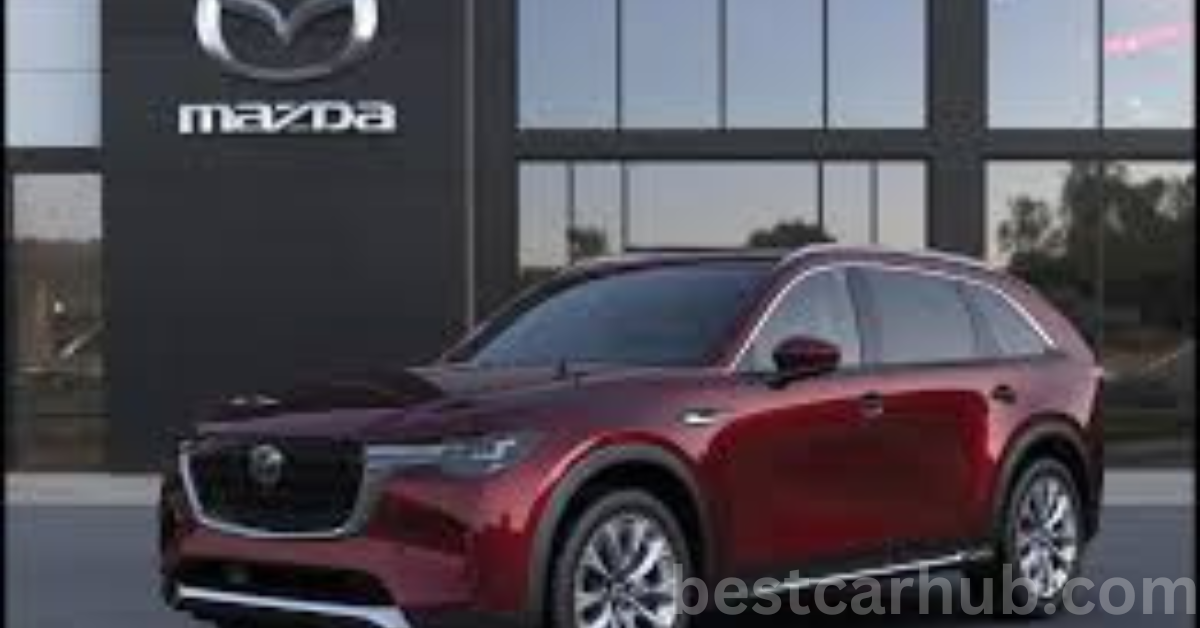

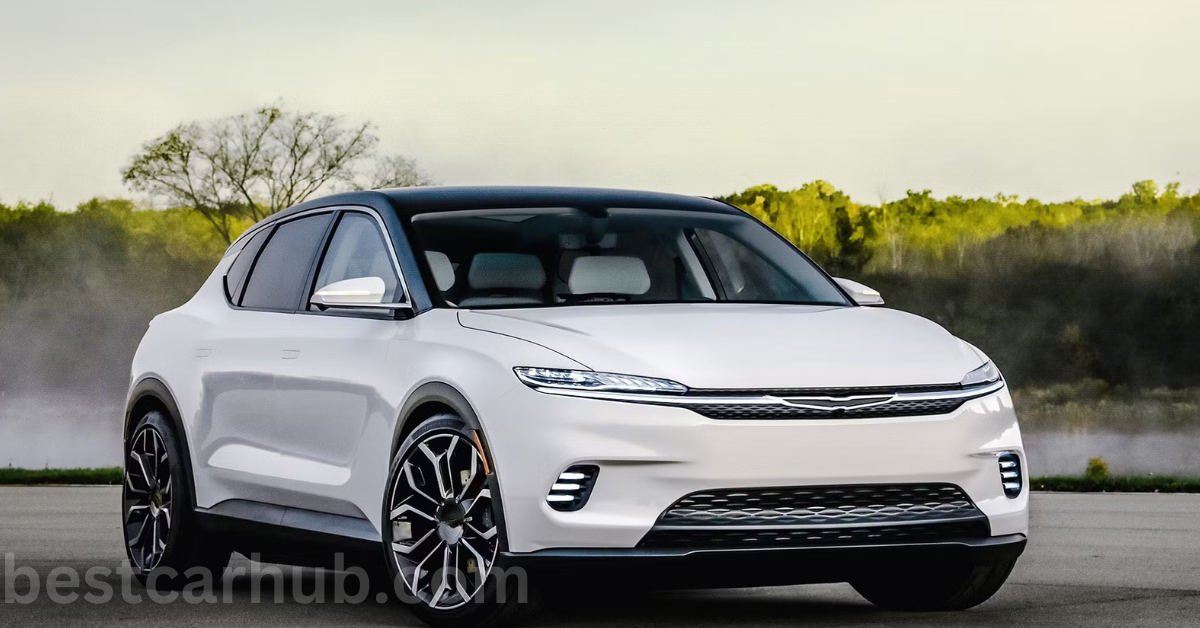
Post Comment